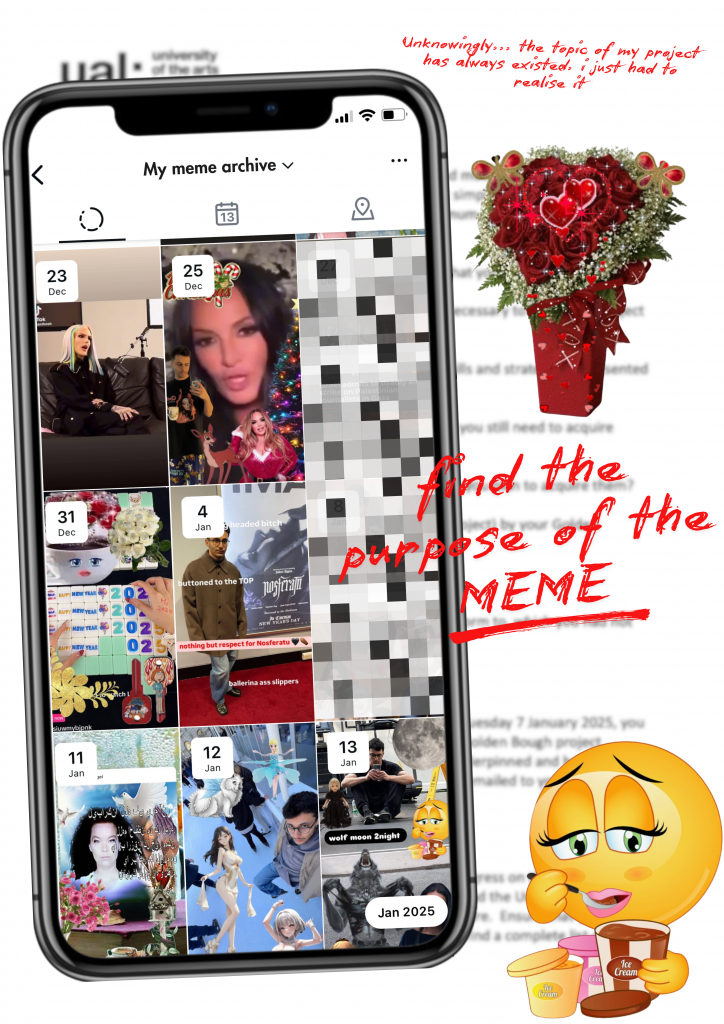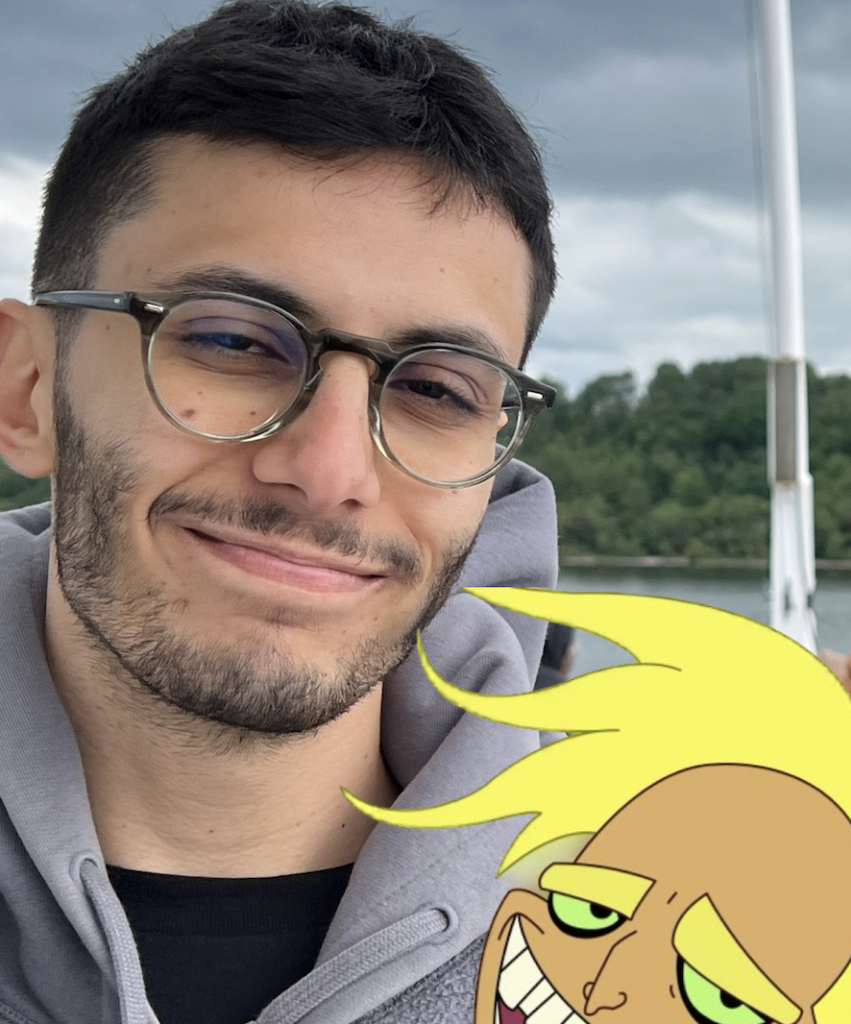“Saint Hoax, defines a meme as a piece of media that is repurposed to deliver a cultural, social or political expression, mainly through humor. “It has the ability to capture insight in a way that is in complete alignment with the zeitgeist.” (Benveniste, A. 2022)
Memes behave as cultural artefacts that carry messages and serve as a medium for shared experiences within subcultures. They also encode cultural narratives, form creative collective identities and foster relationships through shared mutual understanding. There are many types of memes, ranging from the classics, niche, brain rot, slapstick, absurdist, stan (those driven by intense celebrity fandom) and more. My focus will be on a subset of memes specific to Gen Z culture.
Within Gen Z, one’s taste in memes can also be indicative of one’s interests in music, humour, fashion, films, etc. This is largely because subcultural content tends to be layered and referential. Many of the meme accounts I follow blend unassuming queer humor, alternative fashion, pop culture, and niche music. Yasmin Ibrahim (2022), author of Digital Icons: memes, martyrs and avatars states that “In modernity, the media and popular culture play a vital role in circulating cultural codes and symbols reiterated through our patterns of socialization.” (page 27)
Since memes are open to interpretation, something as obscure as a pixelated image of a sink can carry shared meaning. My research and initiative in this project is to explore how imagery and language can be created and adapted within subcultures to the extent that they influence how we speak and what we find humorous offline as well. Understanding the impact of memes can also illuminate the broader implications of how digital art forms influence societal norms and human interaction. “Memes manifesting in cultural settings through objects, behaviours and belief systems, such as clothing, vernacular terms, rumours or even abstract beliefs, spread from person to person through emulation or repetition.” (Ibrahim, Y. 2022, pages 8-9)
What led me to choose this topic as the starting point of my final major project is my personal relationship with memes. I utilise memes as a way to connect with my friends through both social media and in person. The image displayed below is an archive of self-made memes that I’ve shared. This has all led me to my initial research question “How can memes, as a form of contemporary digital art, contribute to cultural experiences and relationships?“

Through action research, I plan to analyse a specific subculture and assess the influence memes have within it. Can this research highlight the broader implications of memes as a new cultural medium? Could it inspire greater recognition of memes in academic and artistic discourse?
Stay tuned…
References:
Benveniste, A. (2022). ‘The Meaning and History of Memes’. Available at: https://www.nytimes.com/2022/01/26/crosswords/what-is-a-meme.html (Accessed: 18 February 2025)
Ibrahim, Y. (2022) Digital icons : memes, martyrs and avatars. London : Routledge
